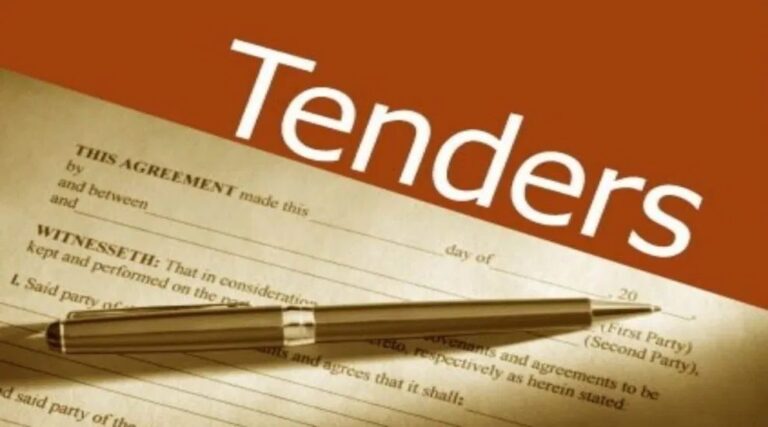
TENDERING PRACTICES
- For every organization, there are definite laid down procedures by which these external agencies are identified and the contract is awarded.
- One of the most commonly used practices is know as ‘Tendering’.
- TENDERING can be defined as a formal offer to supply specified goods or services at a stated cost or rate.
- The tender inviting authority shall decide the most suitable method of tendering to be followed in each case having regard to the category, size and complexity of the job.
DIFFERENT STEPS OF TENDERING PROCESS
FRAMING OF A TENDER COMMITTEE
A tender committee is formed usually in case the tender value is high, typically more than 15000 or so as decide by the organization as its policy.
A tender committee should consist of at least one member from the Accounts Dept., one from the maintenance dept., and one from the concerned dept., who raises a requisition for the job / item .
DECIDING ON THE TYPE OF CONTRACT
Depending on the nature of item or job the contract type would be as follows:
Piece ___________ 2. Multi ______ 3. Fixed _______
4. Lump __________ 5. Turn ________ 6. Service
PREPARATION OF TENDER DOCUMENT
This is one of the most important activities in the tendering process where technical, legal and financial aspects are to be analyzed carefully and documented.
These are then released for circulation by any of the available means as discussed by the management.
CIRCULATING NOTICE FOR OBTAINING TENDERS
The following are amongst the different methods of obtaining tenders that may be adopted:
1. By Public Advertisement: Notice inviting tender is given by publishing in national dailies and / or by uploading on website of the organization. (Open Tenders)
It contains important details such as description of work, completion period, date of opening, date of closing, cost of tender form, earnest money, approximate estimated cost of tendered work, minimum eligibility criteria etc.
2. By direct invitation to a limited number of firms / contractors. These are called ‘Limited tenders’.
3. By invitation to one firm / contractor only. These are called ‘Single Tenders’.
4. E- Tendering: Tenderer’s may download the tender documents from the designed website free of cost, without any hindrance, for open tenders of value exceeding 10,00000 rupees.
SUBMISSION OF TENDERS
The tenderer’s have to submit their offer in the way described in NIT along with an earnest money deposit usually not exceeding 1 per cent of the total tender amount.
Two cover Tendering – It is a procedure under which the tenderer’s are required to submit 2 separate sealed covers, one containing the earnest money deposit and the details of their credentials and technical capabilities and the second cover containing the price quotation.
EVALUATION OF TENDERS
The tenders are shortlisted by the following criteria-
- Experience and passed performance in the execution of similar contracts.
- Capabilities of the tenderer with respect to personnel, equipment, facilities etc.
- Financial status
- A statement of comparative rates and other important tender conditions is prepared, tabulated for all tenders received.
- This comparative statement is prepared by the maintenance Dept. and verified by the Accounts Dept.
- This tabulated statement is then forwarded to the tender committee .
- A meeting is conducted after consideration of all shortlisted tenders.
- Out of the tenders found to be acceptable, the tenderer who has bid the lowest evaluated price in accordance with the evaluation criteria is identified.
ACCEPTANCE AND FINALISATION OF TENDERS
- The tender committee puts up the minutes of the committee to the accepting authority.
- The accepting authority may accept, reject or modify the recommendations of the tender committee.
- After a particular bidder is selected an agreement is signed and the selected bidder has to deposit an amount as mentioned in the tender.
- This amount is kept as a security deposit so that the contractor fulfills the terms and conditions of the contract and carries out the work satisfactorily.
- In case there is a lapse from the contractor the whole or a part of this deposit is forfeited..
- The amount normally does not exceed 10% of the contract value.
CONCLUSION
- Contact Maintenance is the maintenance activity that pertains to maintenance of systems by outside agencies.
- It is the whole an sole decision of the Chief Engineer to decide whether a particular maintenance activity should be performed in – house or through contract.
- Type of contract for the maintenance service varies for the type of maintenance to be carried out.
- For every organization, there are definite laid down procedures by which the contract is awarded.
- One of the most commonly used practices is know as ‘Tendering’.
